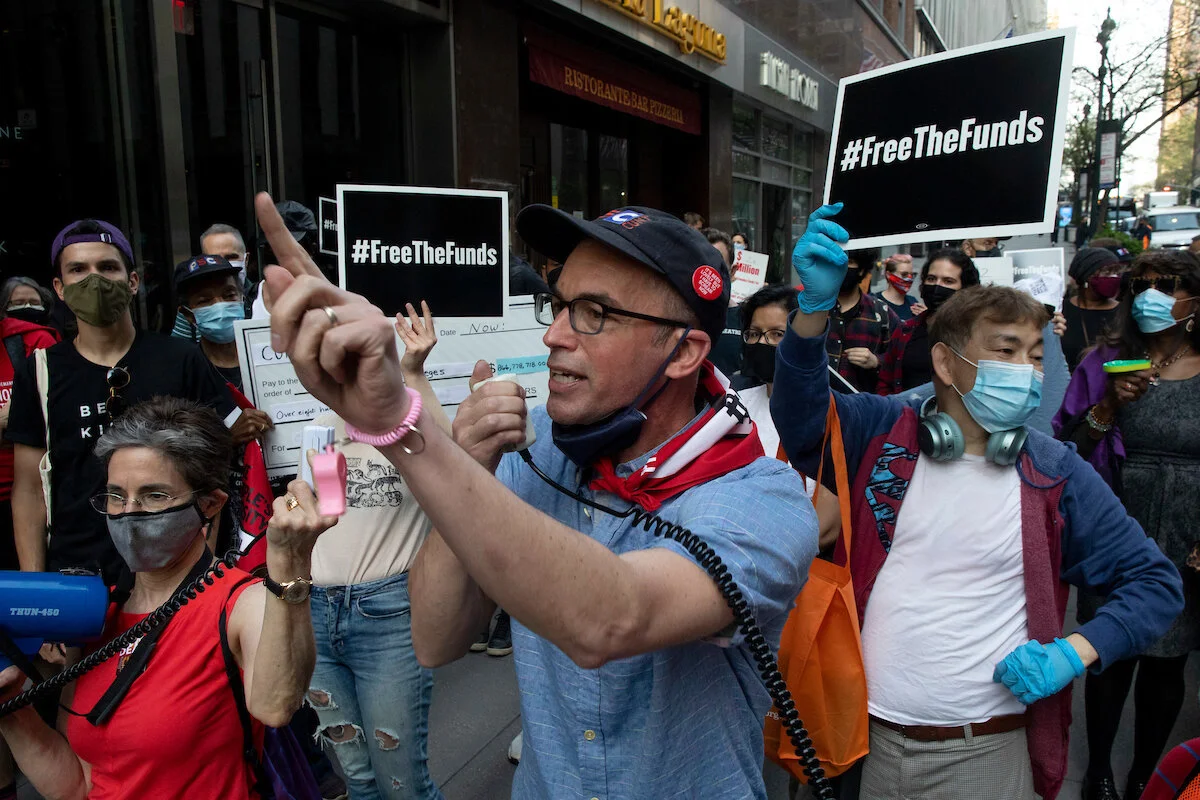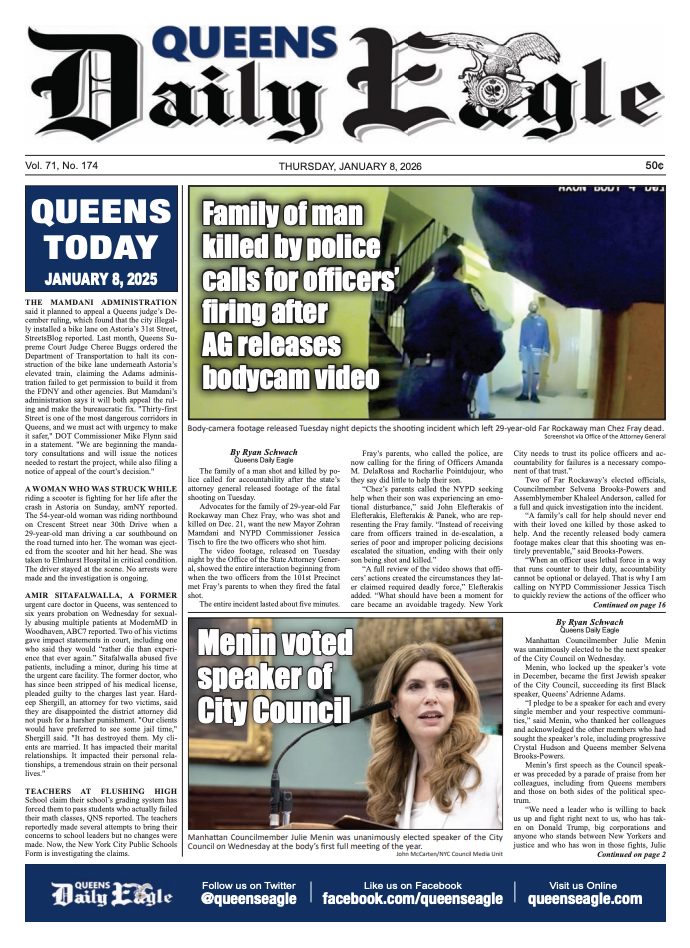Faculty union worries as CUNY preps for fall semester
/PSC President James Davis isn’t sold on fall semester safety. Photo by Dave Sanders
By Rachel Vick
CUNY students and faculty across the city are gearing up for the start of the fall semester and in-person classes with new daily routines that require proof of vaccination and masks.
Even as excitement brews, CUNY Professional Staff Congress President James Davis says the union remains worried about the safety of both staff and students as contagious Delta variant cases are on the rise and the deadline for proof of vaccination is pushed back.
“The reopening is more cautious than initially intended,” Davis said. “They have begun to take [steps towards safety] but haven’t been consistent enough, and with 25 campuses we need more consistency to mitigate entry and spread.”
“It's awesome we'll have the opportunity to go back to work, but not in an unsafe situation,” he added.
Among their primary concerns are the inability to ensure social distancing in classrooms where teachers are not allowed to ask about students’ status, air ventilation in old buildings and campus spread from unvaccinated visitors who only need to have had a negative test within a week from the date they’re visiting.
Professors signed on to return to in-person lectures under the impression that returning students would be vaccinated, Davis explained. Now, he said, they are looking at at least two weeks of uncertainty without the option to work remotely until there are fewer variables.
CUNY issued new guidance earlier this month, including a mask mandate and an extension for unvaccinated students allowing 45 days from the date of the Food and Drug Administration approval to get fully vaccinated and upload verification documents.
According to the New York Times, the FDA has an unofficial deadline of Labor Day to approve the vaccine for non-emergency use.
“Until the FDA acts there's still a loophole,” Davis, who is also concerned about transmission through vaccinated individuals, said. “It's a petri dish of potential virus transmission and we don't want to put teachers or students in harm's way.”
More than 80 percent of faculty and 70 percent of staff have been vaccinated, according to CUNY survey data from July. About 60 percent of students reported having at least one dose of the vaccine and more were planning to get it this month.
Davis acknowledged that though PSC still sees significant room for improvement, the administration is doing what they can to make the best of a complicated situation and that individual schools have been taking steps of their own.
When campuses closed during lockdown, Queens College put UV/antibacterial coatings on door handles, elevator buttons, and other frequently used surfaces throughout campus, and switched to limited entries to campus to facilitate vaccination status checkpoints.
Both Queens College and PSC leadership are waiting on CUNY guidance in the event of case spikes in ZIP codes around schools.
“Queens College works with CUNY and other individual campuses to share best practices. We will continue to make adjustments that are in the best interests of the campus community,” a Queens College spokesperson said. “The college’s reopening plan has been tailored to our specific campus.”
Testing sites for staff and faculty will be set up on 18 campuses to ensure members of the school community have access and to simplify the mandatory process. There will also be random testing, the frequency of which will depend on the infection rates.
In the last month, the Delta Variant has accounted for 94 percent of the tested cases, according to city data.
“I understand that it can be challenging for all of us to follow health and safety guidelines that are necessarily and continuously evolving but please know that we continue to work closely with State and City health officials to monitor the impact of the Delta and other variants,” said CUNY Chancellor Félix Matos Rodríguez. “As always, the primary objective governing our decisions is to protect the health and safety of every member of our community.”




